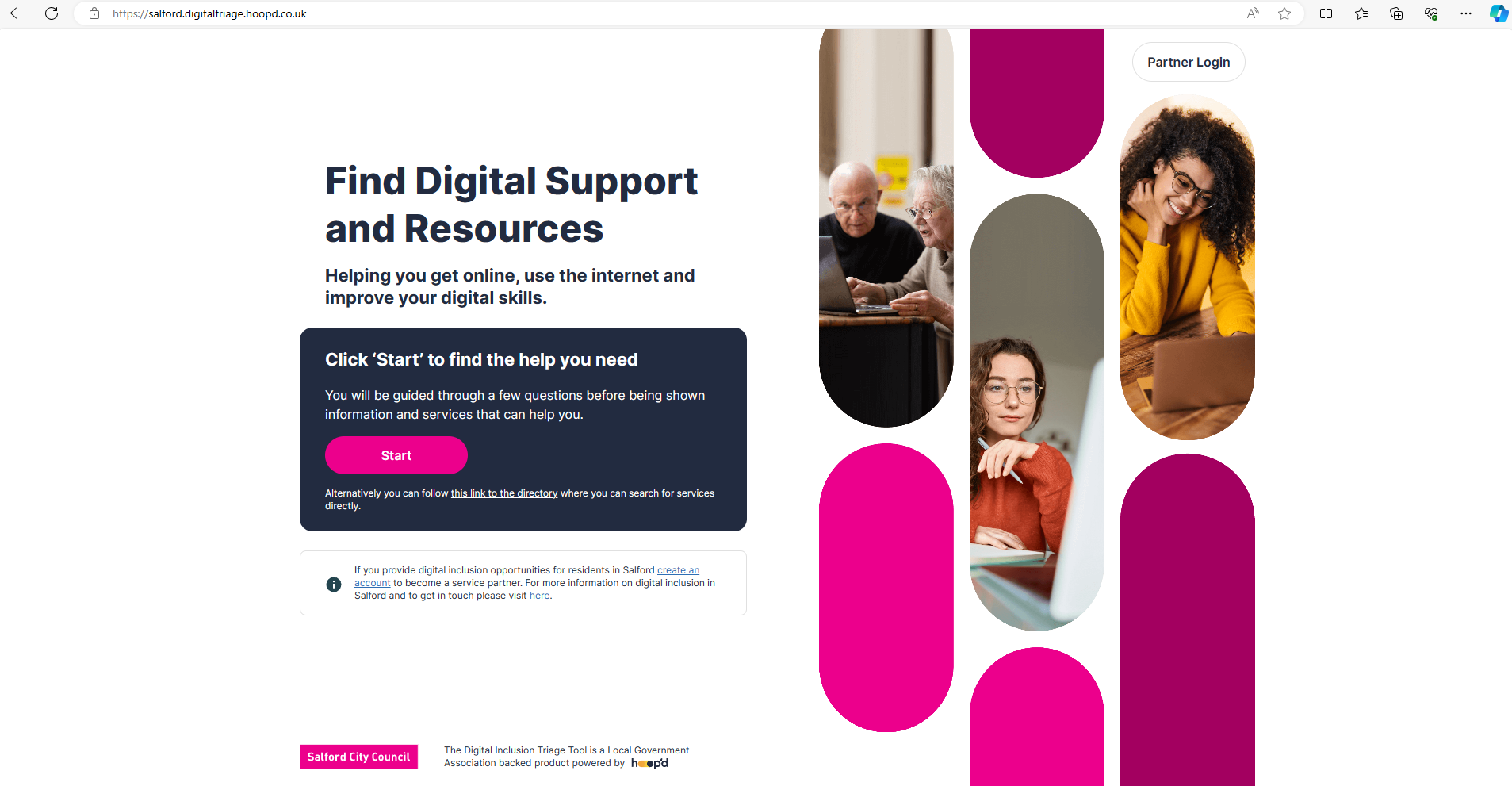Dynamic Information Directories
In response to services needing up-to-date information Mortar can support you in creating and maintaining directories that enhance multi-service collaboration and your application of intelligence. Our modular framework, Hoop'd, enables you to acquire, capture and share information; transforming customer engagement and service efficiency.
Information access and application
If you work in service delivery you will be aware that huge amounts of time and resources are spent supporting people in finding and accessing the information they need. At the same time service and team workloads are growing, and many of those most in need of help and support are not being reached and engaged. The result is increasing levels of exclusion, growing pressure on service delivery and escalating costs.
Mortar has been working with the Local Government Association (LGA) and the Greater London Authority (GLA) to find scalable solutions to these challenges, exploring ways in which we can help address complex user needs and increase the capacity and efficiency of services and their delivery.
Our framework Hoop’d is one of the outcomes of this work.
Hoop’d: a framework for intelligent services
Hoop’d is a flexible and modular framework, making it easier and more affordable to design and deploy accessible services by bringing together siloed departments, building local area networks and identifying users. Through customised user interfaces Hoop'd empowers more seamless directory navigation. With self-referral and self-assessment modules Hoop'd provides a more efficient and personalised user experience around which more targeted local information and engagement campaigns can be deployed.
At the core of Hoop’d is a technical infrastructure capable of providing you with the tailored web services, algorithms, and APIs needed to capture, organize, and serve information efficiently. This infrastructure supports the application of intelligence to improve outcomes for your users across a growing range of service domains, from youth services to adult social care, as well as specialised areas such as housing, financial, and digital inclusion.


Customised and scalable local area directories
An example of a scalable solution utilising this framework is our Digital Inclusion Triage Tool developed in collaboration with the LGA. The triage tool utilises our global API system to provide different local areas across the UK with an accredited directory of national digital inclusion resources. The tool also fosters a local digital inclusion network as well as ensures their users have access to relevant resources and interventions.
Similar collaborations with the Mayor of London and the GLA have resulted in our Tenancy Sustainment Tool and our Triage and Referral Tool, addressing the diverse needs of users at different local service levels, always customised to compliment and evolve the quality of the existing 'front-door' for users.
The Future of engagement and the transformation of user interfaces
As we continue to expand and refine the Hoop'd framework we are continually enhancing our ability to assess your user needs, integrate with internal systems and requirements, and establish the environments necessary to support your teams. Through our Service Design Packages we tailor the Hoop'd framework to connect siloed service departments and apply data and business intelligence for the long-term benefit of your organisation.
With dynamic information environments you can transform your directories to deliver more powerful, personalized relationships with your users, responding to their specific support and access needs. We want all services to go beyond addressing specific siloed needs, to target more seamless collaborations between team members, local networks and all service users. Creating a more holistic, consistent and supportive service experience.
Talk to us
If you found this use-case of interest please get in touch. We love having new conversations with people, whatever stage they are at, about how they can improve their services and better reach, engage and communicate with their users.